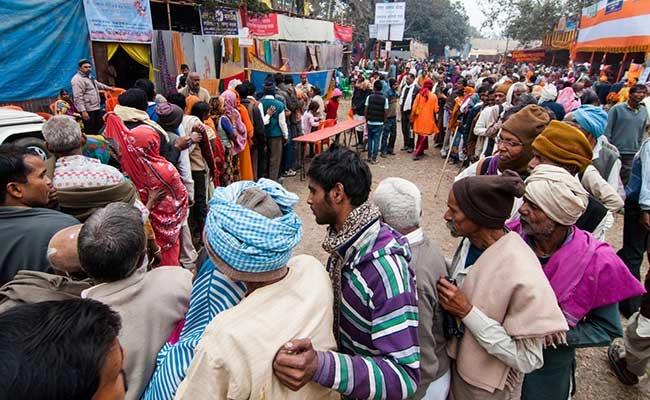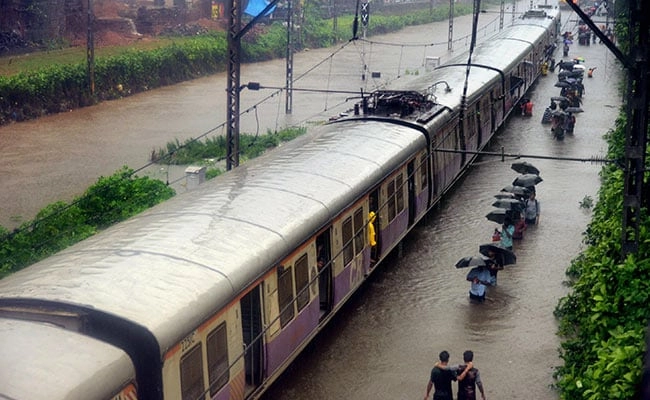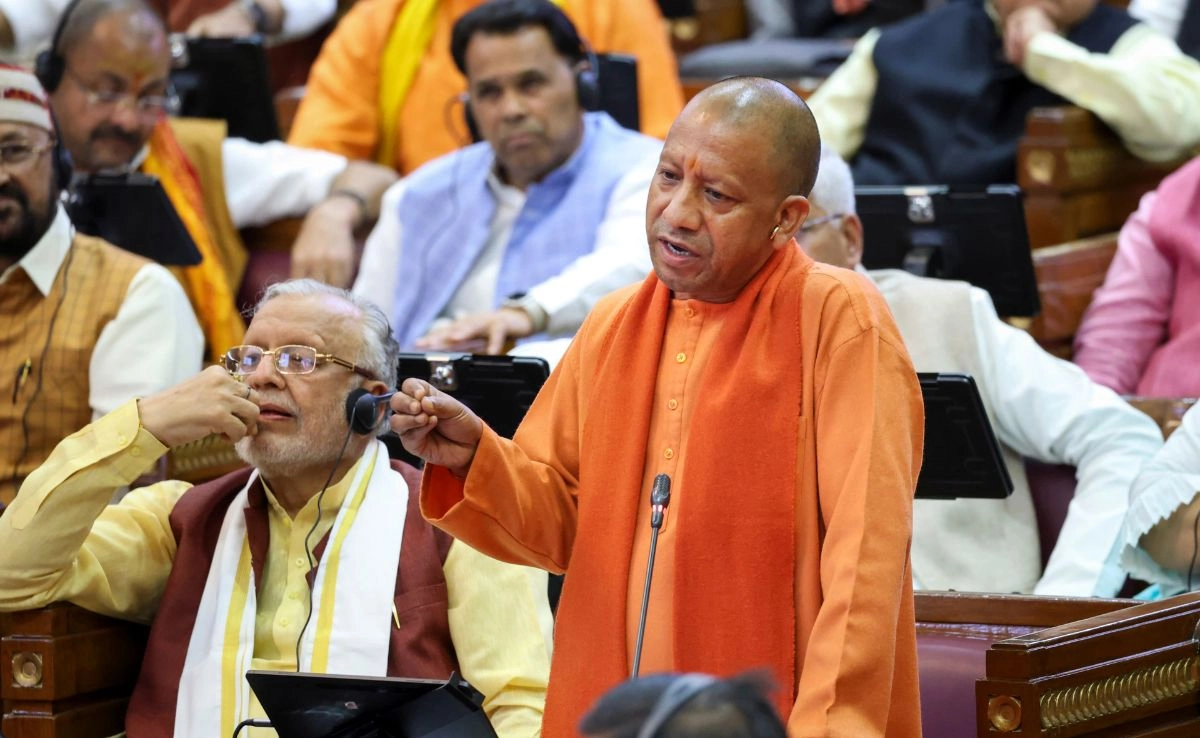The welfare system is often designed with the intention of providing support to those in need, yet it can inadvertently function as an exclusionary mechanism. This paradoxical outcome arises from the rigid eligibility criteria and bureaucratic hurdles that many welfare programs impose. While these systems aim to assist vulnerable populations, they often end up alienating those who require help the most. Individuals can find themselves trapped in a cycle of poverty, unable to access the very resources that are meant to uplift them. For example, complex application processes, lengthy wait times, and strict income thresholds can deter potential beneficiaries, effectively excluding them from the support they desperately need.
Moreover, the stigma associated with receiving welfare can further exacerbate feelings of exclusion. Many individuals may hesitate to seek assistance due to societal perceptions that label welfare recipients as lazy or undeserving. This stigma can create a sense of shame that prevents people from accessing essential services. In this way, the welfare system, rather than serving as a safety net, can transform into a barrier that reinforces social divisions and perpetuates inequality. The very structures that are intended to provide a lifeline can instead deepen the chasm between those who have resources and those who do not.
Furthermore, the design of welfare programs often fails to account for the diverse needs of individuals in varying circumstances. The one-size-fits-all approach does not consider the unique challenges faced by different demographic groups, including single parents, the elderly, and individuals with disabilities. As a result, many people may find that the support offered is inadequate or misaligned with their specific situations, leading to feelings of frustration and disillusionment. This misalignment can deter individuals from seeking help, as they may feel that the system is not built for them, thus perpetuating a cycle of exclusion.
In light of these issues, it is crucial to re-evaluate and reform the welfare system to ensure it functions as a true support system rather than an exclusion engine. Policymakers must engage with communities to better understand their needs and design programs that are accessible, equitable, and responsive. By fostering inclusivity, the welfare system can fulfill its intended purpose of providing aid to those in need, ultimately working to dismantle the barriers that hinder access to these vital resources. In doing so, we can create a more just society where everyone has the opportunity to thrive, breaking free from the cycles of poverty and exclusion that currently persist.




